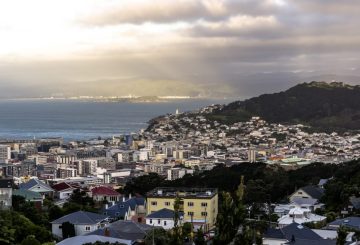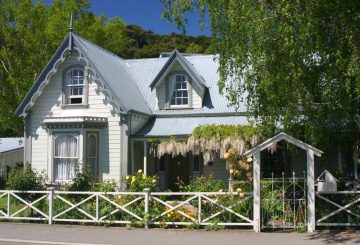Tinanggap ng Toi Moana Bay of Plenty Regional Council ang isang $20 milyong co-investment mula sa 2024 Budget upang mapabuti ang katatagan ng baha sa mga komunidad ng Bay of Plenty. Kasama sa Badyet ng Gobyernong koalisyon ang mga plano para sa Regional Infrastructure Fund upang suportahan ang produktibo at katatagan ng rehiyon Ang pondong ito, na may kabuuang $1.2 bilyon sa loob ng tatlong taon, ay mamuhunan sa bago at umiiral na imprastraktura sa buong rehiyon na New Zealand.
Ang mga unang proyektong mapapondohan ay ang mga proyekto sa proteksyon sa baha at katatagan, na may paunang paglalaan ng $200 milyon. Mula dito, hanggang sa $101.1 milyon ang nakatuon sa 42 proyekto sa buong bansa. Ang co-investment ay pamamahalaan ng Kānoa – Regional Economic Development and Investment Unit, at susuportahan ang Regional Council sa paghahatid ng mga proyekto sa imprastraktura ng proteksyon sa baha sa tatlo sa limang ilog at mga scheme ng paagusan nito.
Kasama sa mga proyekto ang hinaharap na yugto ng Project Future Proof, isang multi-stage na proyekto upang muling itayo ang mga pagtatanggol ng baha sa sentro ng lungsod ng Whakatāne, pagpapabuti at pagpapalit ng imprastraktura ng baha sa ibabang Kaituna River, at pag-upgrade ng mga stopbank sa paligid ng Ōpōtiki.
Sinabi ng tagapangulo ng konseho na si Doug Leeder na kinikilala ng co-investment ang kahalagahan ng imprastraktura sa pagprotekta sa buhay at pamumuhay sa buong rehi Itinatampok niya na ang pagbaha ang pinakakaraniwang likas na panganib sa New Zealand, na may isang pangunahing kaganapan sa baha na nagaganap sa average bawat walong buwan. Binigyang-diin niya ang pangangailangan na kumilos ngayon, dahil ang karamihan sa imprastraktura ng baha ng New Zealand ay hindi itinayo para sa sukat o kasidhian ng mga kaganapan sa panahon na nakikita natin ngayon o makikita sa hinaharap.
Ang co-investment ay bumubuo sa umiiral na magkasamang programa ng Resilient River Communities sa pagitan ng mga regional at unitary council at Kānoa, na nakatulong na mapawi ang pagtaas ng gastos sa mga ratepayer mula nang magsimula ito noong 2020. Sinabi ni Leeder na inaasahang gawin din ang pinakabagong round ng co-investment na ito.
Kasalukuyang nagtatrabaho ang Regional Council sa pamamagitan ng mga implikasyon ng anunsyo ng Budget 2024 sa mga rate nito, na may impormasyong gagawing pampubliko kapag pinagtibay ang Long Term Plan noong Hunyo 26.

















































-660x440.jpg)












